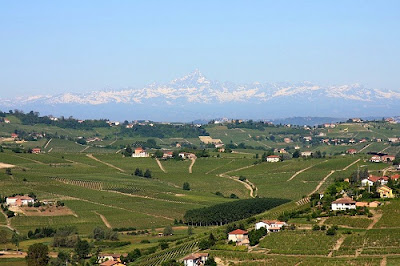Naples is best defined by the stratification
of the various periods in the city’s history that can be viewed in the historic
center, the oldest continuously inhabited urban community in the Western World.
It corresponds to the ancient city founded by the Athenians around 450 B.C. as
Neapolis, through Roman and Medieval times. It includes over 250 churches,
palazzi from the 13th through the 20th century and
countless art treasures.
Your
Exploration starts from the Forum, then under the Gothic Church of
San Lorenzo Maggiore to view the ruins of the Roman streets and the Macellum.
Then on to San Gregorio Armeno, where the world famous Neapolitan Crib art are
made, and Cappella Sansevero’s sculpture of the Veiled Christ. Also, an underground
city with ancient aqueducts, caves, catacombs, myths, legends and a modern
subway system whose stations are covered with art.
Three Castles a
Royal Palace World Class Museums the 2nd Oldest University and Bank
North
of Naples the bays of Miseno,
Baia and Pozzuoli were the home port of the Roman Navy, Baia’s Imperial Palace featured baths with waters of volcanic
origin and the Phlegraean Fields
Archeological Musem includes finds from Baia’s submerged city. In
Pozzuoli, the Temple of Serapide, is famous for the cyclical sinking of its
grounds and the Flavian Amphitheater was the third largest arena of the empire.
We have developed anchor locations from which you can best base your travel movements, mindful that you are likely to visit three to four places in a compressed period of time, typically 7 to 10 days, and experience multiple interests that range from cultural to culinary, wellness and the environment.
The
Ferrovia Cumana was the first metro rail transport system in Italy. Established
in 1883, it was designed to connect the center of Naples with its northern
suburbs and beach resorts, including Pozzuoli, Cuma and Torregaveta, covering
20 Km. The commuter rail service became all electric in 1927 and is now part of
the overall metropolitan Naples subway and commuter rail network as part of
Lines 6 and 8.
Ferrovia Circumflegrea opened in 1962 to cover 27 Km from Montesanto to Licola
with a further extension under construction to Mondragone, the Naples North
National Rail Station and the new Grazzanise airport. Cumana and Circumflegrea
form a rail ring that covers 40 percent of metropolitan Naples and 60 percent
of the local municipalities.
The Montesanto Station was refurbished in recent years to serve the
Cumana, Circumflegrea, Metro Line 2 and the Montesanto Funicolare. The new
steel and glass exterior retains its original liberty style architecture. The
entire metro area can be reached via this station utilizing the Napolipass,
GiraNapoli and Unico Campania fare
systems.
Photos and Original Italian Text
courtesy of Ciro La Rosa
Experiential Tourism in Naples Italy
with the Traveler as Protagonist
Experiences designed around multiple
interests that ensure unique emotions; the traveler participates alongside
local cooks, artists, craftsmen, and expert tour guides in activities:
o rooted in the territory; it
can happen only here, and
o with uniquely local events,
including food and wine tastings
o specifically modified and
tailored to your preferences
memorable
unique and unrepeatable!
Know More About
It Arezza Knowledge Tourism travel@arezza.net



















